Cooling driving force - Fan
If the heat sink is the cornerstone of the heat, then the fan is air-cooled radiator soul. Matter how well the heat sink, the fan should be by forced convection heat loss to accelerate the entire cooling effect plays a decisive role.
Measure of a fan of good or bad standard multiple aspects, for the pursuit of customer cooling performance may high-power, high-speed fan is his first choice; but for those who like a quiet environment of users, excessive wind only bring the noise nuisance, they would rather lose a part of the cooling effect in exchange for peace. In principle, the cooling effect and quiet is the opposite, more people are willing in between to find a reasonable balance. Fan
We tend to pay attention to only look at a fan speed of the fan, think like a high speed fan. This is a wrong idea, fan speed and quality are not necessarily linked. A good fan mainly on the amount of wind, noise, air pressure size, what kind of bearing, length of life, etc., but they are also interrelated mutual restraint. First, air flow and the fan diameter, thickness, speed, blade design. Most people think faster speed fan cooling effect is better, although this is not entirely without reason, but at least the view is not complete. Blade thickness is an important factor affecting the amount of wind, such as a fan 60╳60╳25mm 3000 rpm, a small amount of wind, and it does not turn the air volume ratio 60╳60╳15mm 4500. Also in the case of the same speed, the air volume of the fan blades 7 will amount to 5 fan blades of the wind. Although the pursuit of wind capacity is not wrong, but the greater the amount of wind, air pressure corresponding to the smaller will make the air flow can not fully reach the bottom of the heat sink, which can not be adequately heat exchange. So fans often choose to consider the height of the fins and fin design.





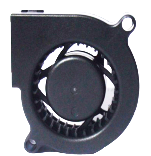
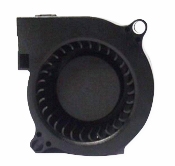
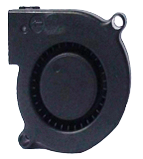
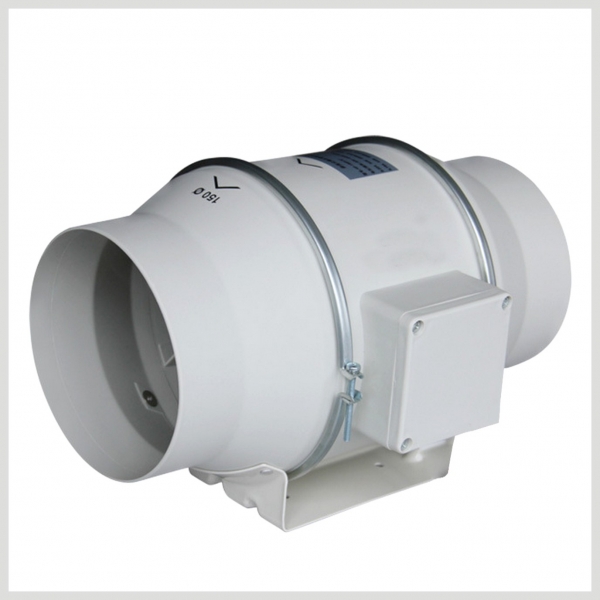
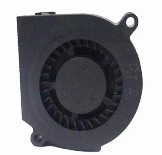

 Ali Want
Ali Want
 MSN
MSN

